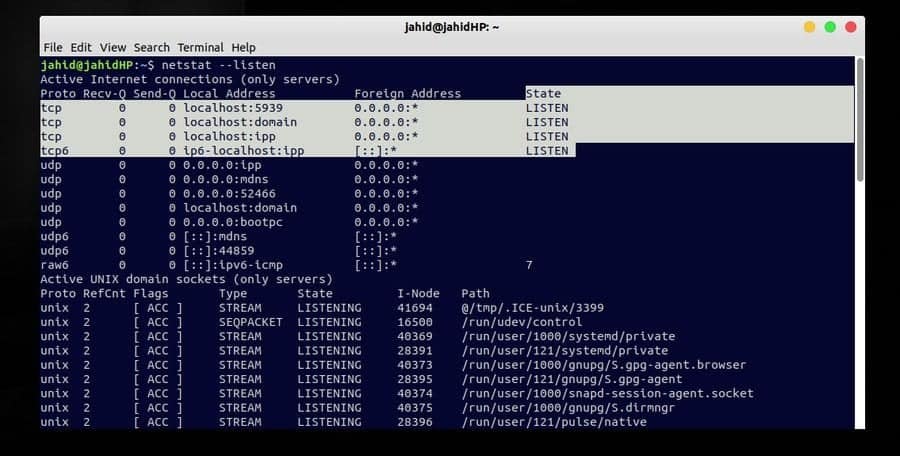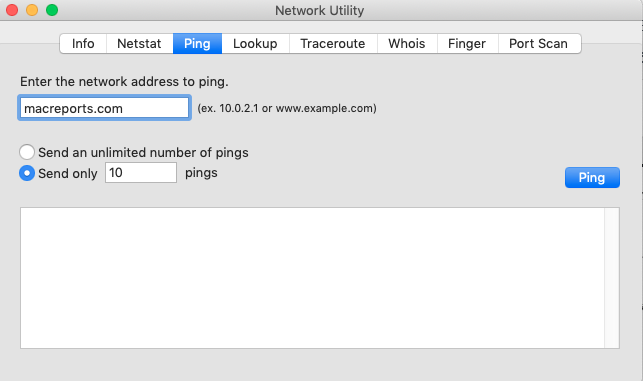

- Mac os list open ports lsof how to#
- Mac os list open ports lsof mac os x#
- Mac os list open ports lsof mac os#
There seems to be no way to get the same kind of info using netstat on Mac OS X. Also there is no -t parameter but it can be done using -ptcp. Actually on Mac OS X, the -p parameter of netstat doesn’t mean program or process but protocol.
Mac os list open ports lsof mac os x#
Somehow I’ve only noticed now that netstat on Mac OS X cannot show the program name.

Nmap by default only scans the 1000 most-common ports, so it misses about 64000 other possibilities. This will show you (among other things) all listening ports. Tcp 0 0 0.0.0.0:1099 0.0.0.0:* LISTEN 21201/java For checking open ports on your own system, your first tool should be netstat. Tcp 0 0 0.0.0.0:139 0.0.0.0:* LISTEN 28306/smbd MacOs Monterey M1/arm64 - unable to find open port using lsof, netstat. Tcp 0 0 127.0.0.1:8009 0.0.0.0:* LISTEN 21201/java This command shows all network files, listening with TCP protocol on all the open ports. Finally the results are filtered, using 'grep', so that only the ports for 4D are listed.When checking the listening ports on my Linux machine I put netstat some pants on: # netstat -pant | grep LISTEN.


Mac os list open ports lsof how to#
Here is how to check the open ports for 4D Server:Ĭhecking Ports on WindowsOn Windows the command 'netstat' is used to check 4D's ports. It is also possible to check currently open ports for any existing 4D Remote connections. +f forces name to be considered a file system identifier otherwise name is treated as a regular file - i.e. If name is a mounted-point (for example /Volume/DATA) or the device of the file system lsof will list all the files open on the file system. The first name may be separated from the preceding options with. It can be interesting, for troubleshooting purposes, to check and make sure that 4D Server's ports are actually open and listening for connections. names : Symbolic links are resolved before use.


 0 kommentar(er)
0 kommentar(er)
